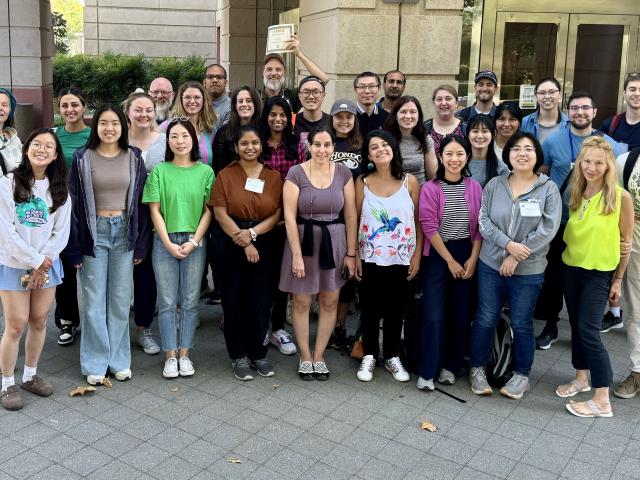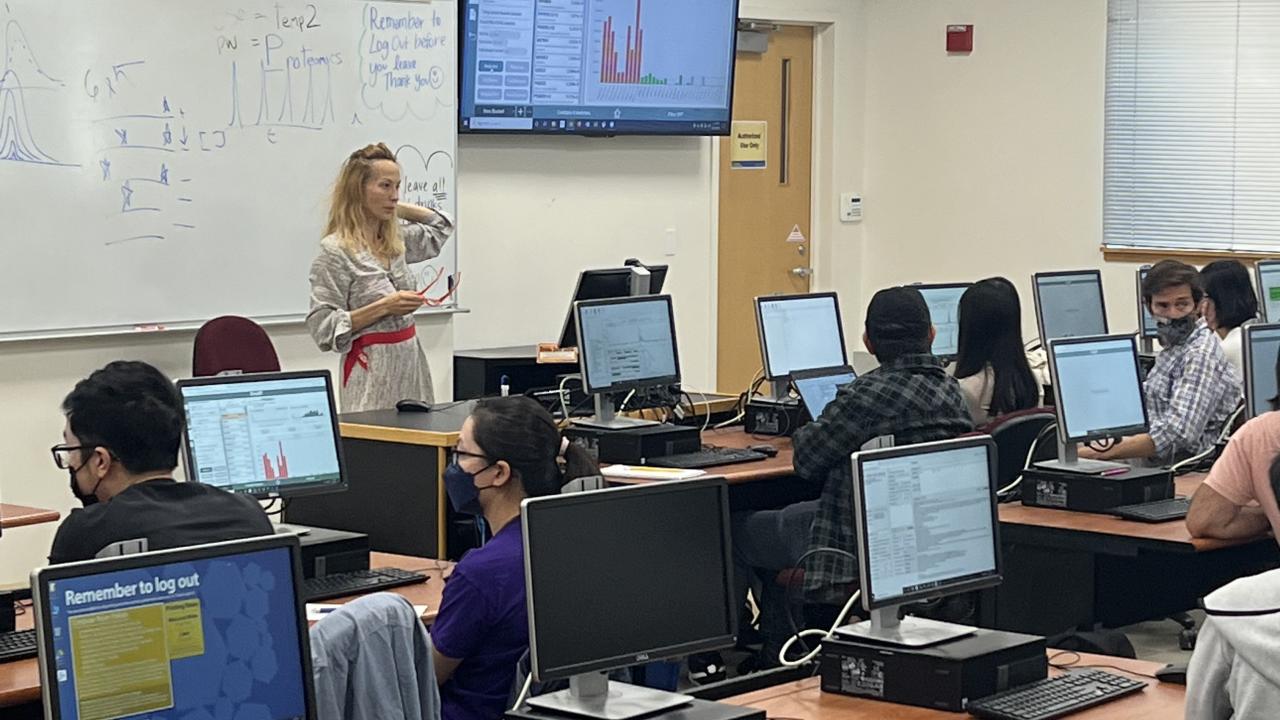Targeted Proteomics
This isn't our forte , and usually does not go well with academic cores becuase the upfront development cost is crazy expensive but we can do it it if you really want it
It can be pretty useful using kits of isotope labeled peptides if you are interested in certain pathways like AKT, RAS, TP53
See
SureQuant Targeted Mass Spec Assay Kits
Or
Biognosys Plasma Targeted Kit's



